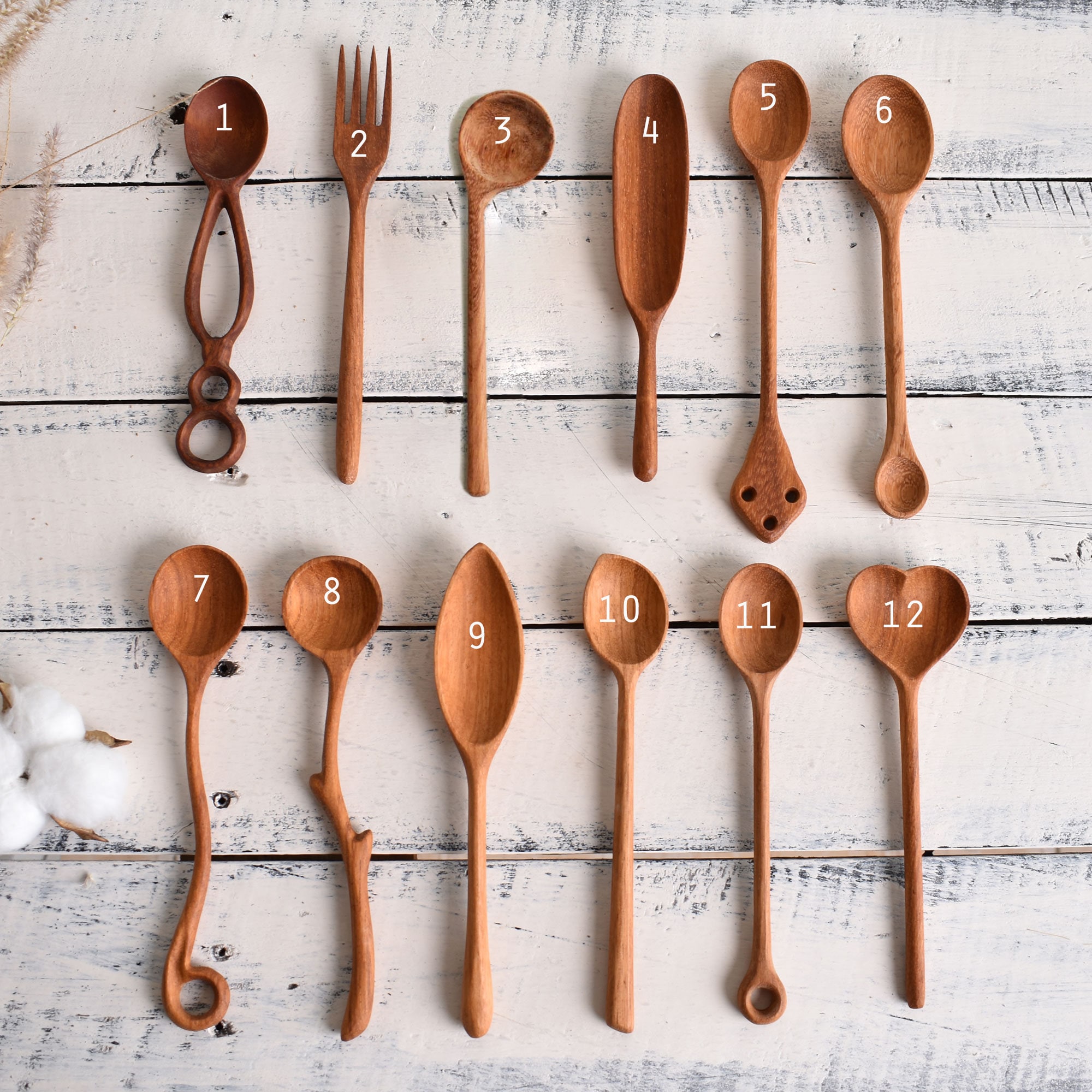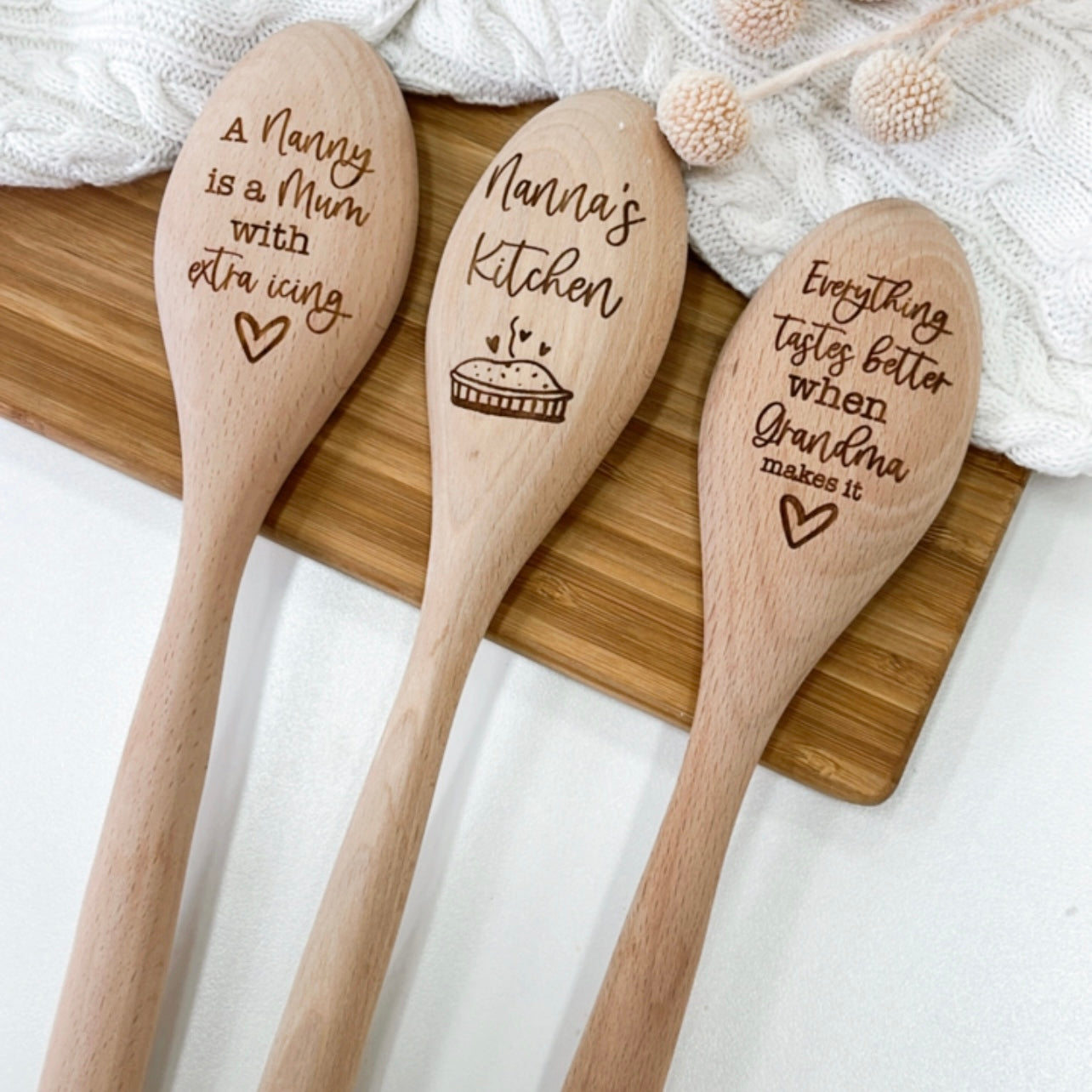Introduction to Decorative Wooden Spoons
Decorative wooden spoons are more than just kitchen tools; they are pieces of art, history, and culture. I still remember the first time I laid my hands on a beautifully crafted wooden spoon at a local artisan market. The warm, smooth surface instantly captivated me, sparking a passion that has only grown over the years. In this article, we’ll explore the various aspects of decorative wooden spoons, from their historical significance to how to choose, care for, and even display them.
The Historical Significance of Wooden Spoons
Wooden spoons have been used for centuries, tracing back to ancient civilizations. They are often associated with homemade cooking and family gatherings. The craftsmanship involved in making these spoons is a tradition passed down through generations, making each piece uniquely special.
Types of Decorative Wooden Spoons
Functional vs. Decorative Spoons
While many wooden spoons are designed for functional use, decorative wooden spoons are crafted primarily for display. They often feature intricate designs or vibrant paint, making them perfect for showcasing in kitchens or living areas.
Popular Wood Types Used
- Oak
- Maple
- Cherry
- Walnut
- Beech
Carving Techniques and Styles
From simple, elegant designs to elaborate carvings, the techniques used to create wooden spoons vary widely. Some popular carving styles include:
- Whittling
- Relief carving
- Chip carving
Choosing the Perfect Decorative Wooden Spoon
Considerations for Selection
When selecting a decorative wooden spoon, consider what fits best with your aesthetic. Here are some factors to keep in mind:
- Size
- Shape
- Color of the wood
- Type of carving
- Origin of the spoon

Where to Find Unique Wooden Spoons
Local artisan markets, craft fairs, and online marketplaces like Etsy are great places to find unique, hand-crafted wooden spoons.
How to Care for Decorative Wooden Spoons
Cleaning Techniques
Keeping your wooden spoons in good condition is essential for their longevity. Here are some cleaning tips:
- Hand wash with mild soap and water.
- Avoid soaking in water for extended periods.
- Dry immediately with a soft cloth.

Oiling Your Wooden Spoons
Regularly oiling your spoons can help maintain their finish and prevent cracking. Use food-safe mineral oil or beeswax for best results.
Displaying Decorative Wooden Spoons
Creative Display Ideas
Displaying your decorative wooden spoons can enhance your home decor. Here are a few ideas:
- Hang them on a kitchen wall using hooks.
- Use a decorative bowl or basket for tabletop display.
- Incorporate them into a gallery wall with other art pieces.

Pros and Cons of Decorative Wooden Spoons
| Pros | Cons |
|---|---|
| Eco-friendly and sustainable material | Require regular maintenance |
| Unique and aesthetically pleasing | Can be more expensive than plastic alternatives |
| Lasts a long time with proper care | Not suitable for dishwasher cleaning |
Personal Experience: My Journey with Wooden Spoons
My love for decorative wooden spoons began with a single piece that I purchased during a road trip. It wasn’t long before I was researching different types, learning about their history, and even trying my hand at some basic carving techniques. There’s something incredibly rewarding about creating something with your own hands, and I encourage anyone interested to give it a try!

Frequently Asked Questions (FAQs)
Are decorative wooden spoons safe for cooking?
Yes, as long as they are made from food-safe woods and properly maintained, decorative wooden spoons can be safe for cooking.
How do I know if my wooden spoon is of good quality?
Look for smooth surfaces, strong construction, and a pleasant aroma. High-quality wooden spoons are often finished with natural oils.

Can I use decorative wooden spoons for serving food?
Yes, decorative wooden spoons can be used for serving, but check if they are designed for functional use as well. Some may just be for display.
How often should I oil my wooden spoons?
It’s best to oil your wooden spoons every couple of months or whenever you notice the wood looks dry.